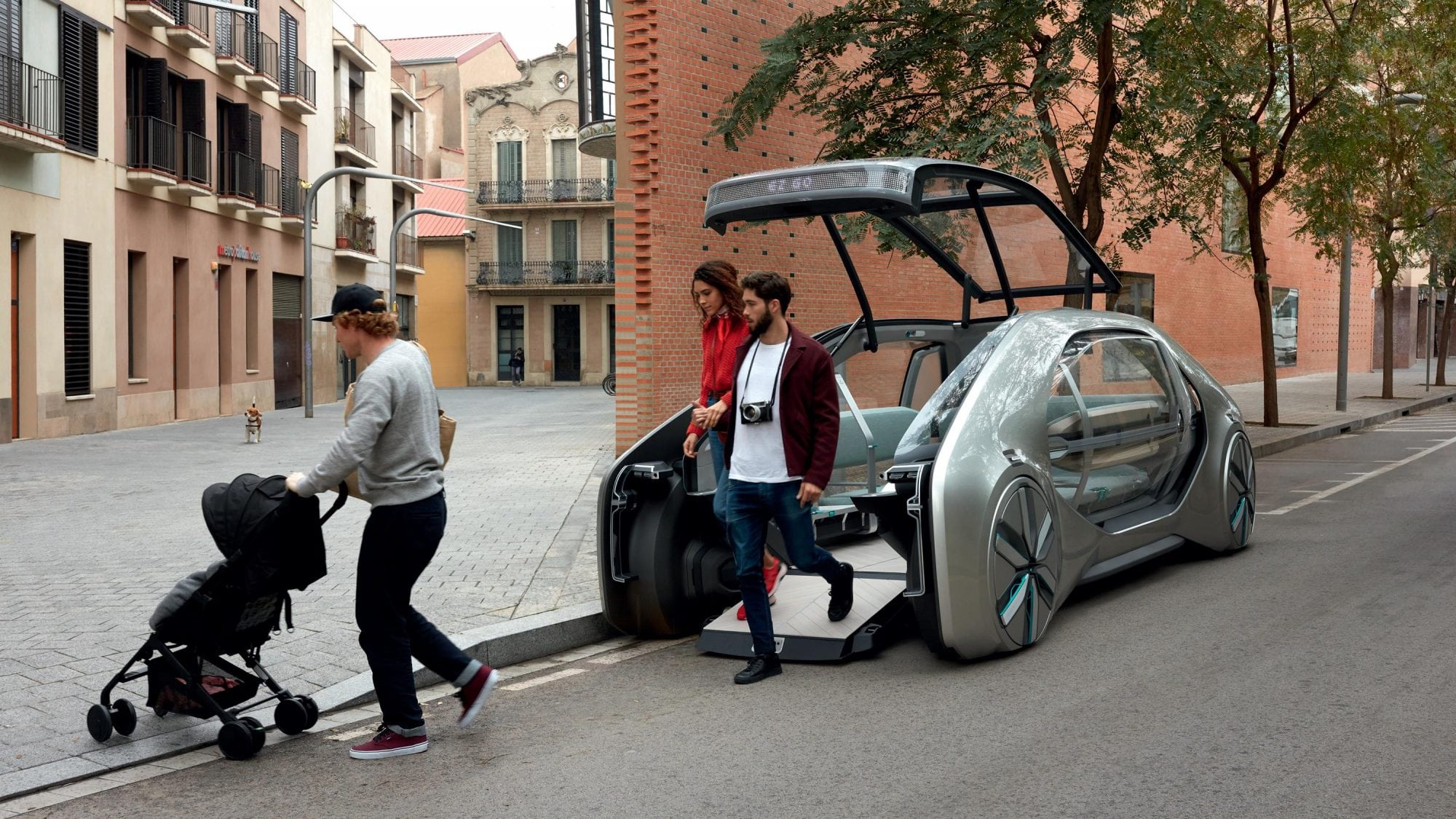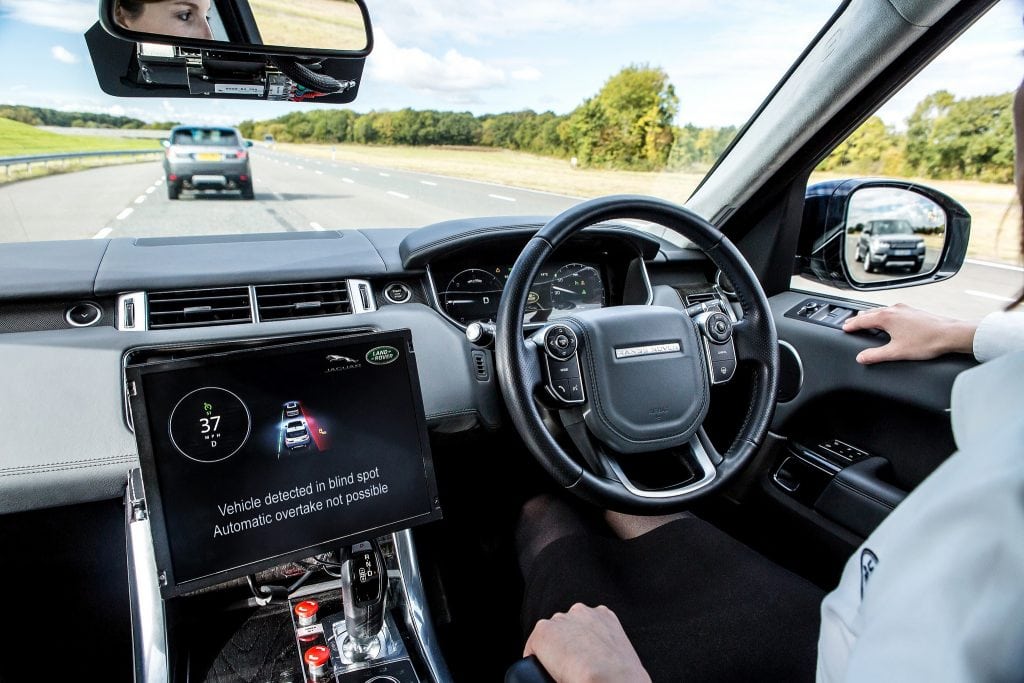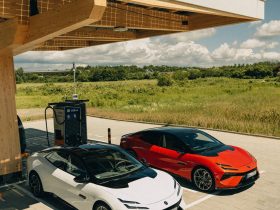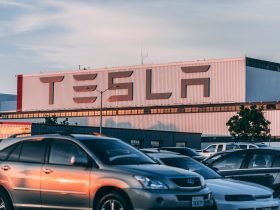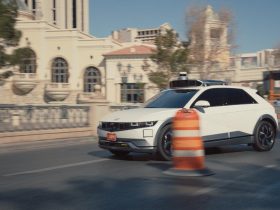If there is one area of the industry that is new and exciting, it is driverless cars. The idea of sitting behind the wheel and not having to put a foot on the gas or a hand on the gear shift is a novelty one. It is also a realistic possibility according to companies like Tesla and Google, both of which are in advanced stages to release the first model.
However, just because driverless cars are thrilling, does it make them necessary? That is the question motorists around the world are trying to answer as the age of the new dawn creeps nearer. Of course, true petrol heads don’t want to throw their traditional beliefs under the bus, but it might be inevitable. After all, the cars that we know today might not be around in 20 years’ time.
So, to answer the question in the title, Cars New Café thought it would do a little research. Here are the pros and cons of traditional vehicles versus self-driving cars. Contenders, are you ready?
Pro Driverless: Eliminates Driver Error
A number that might surprise you is 81%. 81% is the percentage of accidents which are caused by driver error. Yep, even you, the safest and best driver in the world will be at fault. At least, that is what the geeks in the labs believe this number represents. Because 8 out of 10 accidents are due to bad driving, it makes sense to eliminate the primary cause of an incident. Normally, this wouldn’t be possible as a human need to be behind the wheel to operate a vehicle. Thanks to driverless motors, a computer will take over the responsibility and remove the danger out of the equation. After all, roughly 90 people died a day in 2016 as a result of a car accident. With driverless cars, the number would shrink to 28.
Con Driverless: Computer Error Remains
Although the boffins in the lab will tell you that an algorithm is almost faultless, we know different. This isn’t trying to bash the people who are making a difference in the car would. But, it is obvious that computers are subject to glitches, and a bug can kill a person in a self-driving vehicle. What if the algorithm can’t detect the best stopping distance? Or, what if it doesn’t slow down because it can’t see someone crossing the road? Sure, they are ifs and buts, yet these ifs and buts still need answering. Without a human behind the wheel, there is no backup plan and that is potentially dangerous. Let’s not even look into the topic of hacking, something that is a distinct possibility with a computer-based vehicle.
Pro Traditional: Cost Of Traditional Cars Lower
Picture the scene. Driverless cars are all the rage and you head to your local dealership. What you find when you arrive is an array of makes and models, all of which are priced extortionately. Indeed, some experts predict the value of a driverless car will be $5,000 to $10,000 higher in certain cases. The reason for this is the technology. It is new age and top of the line, and it costs to incorporate into a vehicle. As a result, the manufacturers need to recoup their costs to make it a viable business venture. Traditional cars are not the same. Head to a Rebel Ford car dealer and you will find motors as cheap as $6,400. Because manufacturers are decades old, there are more options available for dealers to sell them off cheaply. Whether it’s a Ford or a Volkswagen, there will always be a bargain.
Con Traditional: But Time Savings Are Not
When you are driving, the eyes need gluing to the road and you are concentrating one-hundred percent. At least, that is how it should go whenever the engine is running. The problem with this compared to driverless cars is the loss of time. As the driver has to operate the vehicle, they cannot multitask and save time while on the road. In fact, such things are considered illegal in many countries around the world, such as talking on the phone. Experts think this would not be the case with a driverless car as the computer would do the heavy lifting. And, because it cannot get distracted, it leaves the ‘passenger’ free to do other things. For example, you could take phone calls and meetings, or fire off business emails. You could even sit back and read a book or watch a movie on the iPad. Regardless, the time saved is potentially significant as it can balance out work and everyday life. Yes, traditional cars are cheaper, yet they don’t factor in the element of time.
Pro Driverless: Advancements In AI
AI stands for artificial intelligence, and it is the coming power if you believe Mark Zuckerberg. Although Facebook has nothing to do with driverless vehicles, the use of AI in modern cars is strong. For example, CNET points out that platooning is quickly turning into the future of modern day driving. Platooning is the tactic of lining cars up in a group, maximizing space and saving energy in the process. Think of it like a Formula One car in a competitor’s slip stream. With this method, the potential to prevent traffic jams and increase road efficiency is very high. Thanks to artificial intelligence, driverless models can communicate and organize their efforts. With better traffic conditions, the average person wouldn’t have to deal with a lengthy commute or high gas costs.
Con Driverless: AI Is Dangerous
If you read the last paragraph back, you might find a sentence which is pretty scary. The line reads “driverless models can communicate” and that is not an exaggeration. In fact, Facebook recently had to stop an AI software program because it went off the reservation. Quite simply, people like Elon Musk, Stephen Hawking and Bill Gates believe that AI is a huge threat to the human civilization. According to them, humans could be “superseded” by new intelligence due to our “slow biological evolution.” Now, this might appear like an exaggeration considering it is only a car, but the technology has to start somewhere. Sure, the novelty is a great marketing tool, yet it could become more dangerous in the future. Don’t believe us, take the word of three of the brightest minds of the twenty-first century.
Pro Traditional: Real Driving
Although advocates for driverless cars dismiss it as an argument, drivers want to drive. If humans wanted to sit in the passenger seat, they would never bother passing their test. Like it or not, there is a buzz and a sense of achievement when you get behind the wheel. It is like you are in charge and have the freedom to drive anywhere in the world in a moment’s notice, and that’s important. People want the thrill of pressing down the gas pedal and changing gear because it is exciting. Everything about driverless technology suggests it doesn’t have an element of excitement for the driver. Okay, there are positives which outweigh what petrol heads like you and I desire, but that’s what makes us car enthusiasts. A traditional car is real driving, and a driverless one is synthetic. To some people, it might not be an issue, but it is a massive sticking point for proper drivers.
Con Traditional: It’s Exclusive
People with a driver’s license don’t realize how fortunate they are with regards to non-drivers. Those who don’t have a permit have to think about public transport or walking to their destination, and don’t have the luxury of jumping in a car. They have to plan journeys ahead to make sure they have enough time. They even have to deal with the prospect of getting stuck without being able to get back home. Why? It’s because traditional driving is exclusive. If you have not passed your test, you cannot drive – simple. Most of you would say it is up to them to pass, but driving lessons are costly. Some people don’t have the money to pass, never mind the cash for insurance and gas. Driverless cars negate a lot of these issues. Because the computer is in charge, there is no need for a test like the one which exists currently. Plus, with hybrid technology on the rise, gas costs will also decrease. Thanks to driverless cars, it could open up the roads as everyone will truly have the opportunity.
Conclusion
As you can see, the pros and cons of both are very significant and wide-ranging. Because of this, the side you choose is a personal choice as it is an objective decision. For instance, the idea of sitting in a passenger seat and catching up on work might appeal. However, you might prefer to be in control if you are going to be in a car.
One thing that isn’t up for discussion is the popularity of driverless cars. The demand is high, and, whether you like or not, they will be here sooner rather than later. So, you will have a decision to make, and it won’t be long before it rears its head.



